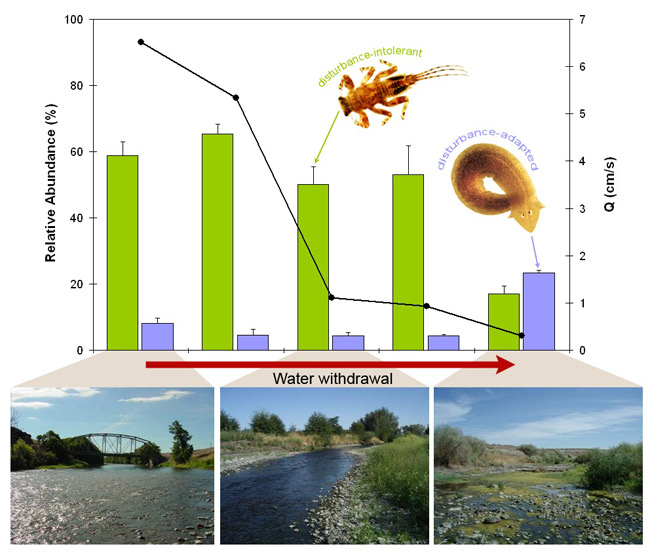What is a bioindicator? What are some examples of bioindicators?
1 Answer
Bioindicators are species that can be used as a measure of some aspects of an ecosystem's health. The species' population or health may be a proxy for the ecosystem's health.
For example, lichens are often used as indicators of air quality. Since they don't have roots and get a lot of their nutrients from the air, they are a trustworthy indicator of an area's air quality. Another example is some algal species being used as measures of water pollution. Additionally, we now have genetically engineered some species to be specific bioindicators, like grass that changes color when soil toxins are present!
Not every species can be a bioindicator because some are broadly tolerant to environmental change and thus, won't reflect small changes in the environment. Others are too rare or too sensitive to environmental change to be used.
As we gain more knowledge about the interactions between organisms and ecosystems, we are able to identify more and better bioindicators.
Here's a graph showing two species and how they can be used as bioindicators:


